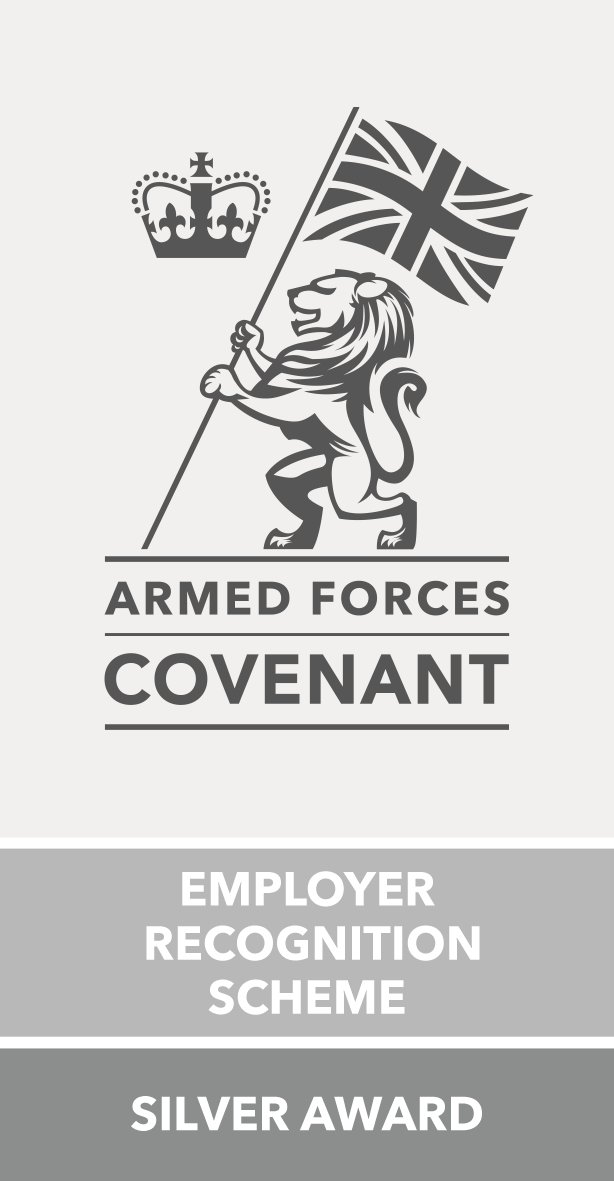Whiplash
Whiplash is a neck injury that is caused by a sudden jolting movement of the neck and head, often backwards and forwards in a ‘whip-like’ movement. It happens most commonly in vehicle accidents. When the neck is jolted with some force and speed, it can cause sprains and strains of the muscles and ligaments. Whiplash doesn’t have to involve a vehicle accident, it could result from sporting injuries or a fall.
The most common features of whiplash are soreness and stiffness in the neck. Most often, pain worsens in the first few days following the injury. You may notice other symptoms developing during the days after the injury:
- Headaches
- Shoulder pain or pain around the shoulder blades
- Lower back pain
- Difficulty concentrating
- Blurred vision, dizziness and ringing in the ears – you should report these symptoms to your GP if they do not resolve quickly.
In most cases, symptoms will start to improve within a few days. Your first contact practitioner or GP may also refer you to a physiotherapist for some guidance on managing the pain and stiffness as well as exercises tailored to your needs. There is no need to push yourself with exercise and activity, gentle movement in a pain free range is often enough to improve things. Neck braces and collars should be avoided and could even make things worse. You may wish to ask your GP or prescriber about painkillers, particularly during the first few days after your injury.
Usually, neck pain and stiffness will resolve over a few weeks, but for some people they can last longer. Your first contact practitioner or GP can review your presentation. If your pain isn’t settling, you might need further tests to find out why.
Please take a look at the resources below for useful advice on how to manage your neck pain.
Disclaimer
Prior to completing the following exercises please ensure you feel happy to do so and if you have any concerns liaise with your GP or health practioner.
Please be aware during the exercise you are likely to feel muscular effort, but not pain. You may feel muscular ache for 2 to 3 days following your exercise which is expected. If you feel a significant increase in pain, please liaise with your GP or health practioner.
Each of the exercises are demonstrated at various levels, please ensure you are working at an appropriate level for your ability.
During strength exercises, we would expect you to feel muscular ache due to fatigue during each exercise. This will guide the numbers of repetitions required for each exercise, which should increase over time as you get stronger.
Videos
Postural Advice
Cervical Flexion Stretch
Cervical Extension Stretch
Cervical Rotation Stretch
Cervical Side Flexion Stretch
Protraction Retraction Mobility Exercise – Close the Drawer
Upper Trapezius Stretch
Cervical Flexion Strength Exercise
Cervical Rotation Strength Exercise
Cervical Side Flexion Strength Exercise
Cervical Retraction Strength Exercise - Sitting
Cervical Retraction Exercise - Chin Tuck at the Wall
Cervical Retraction Strength Exercise - Supine
Cervical Retraction Strength Exercise - Prone
Prone Hundreds
Swan Dive
Links to other Neck Advice Resources
This leaflet contains information on common neck problems and management strategies
This leaflet has exercise that can be helpful for neck pain

















